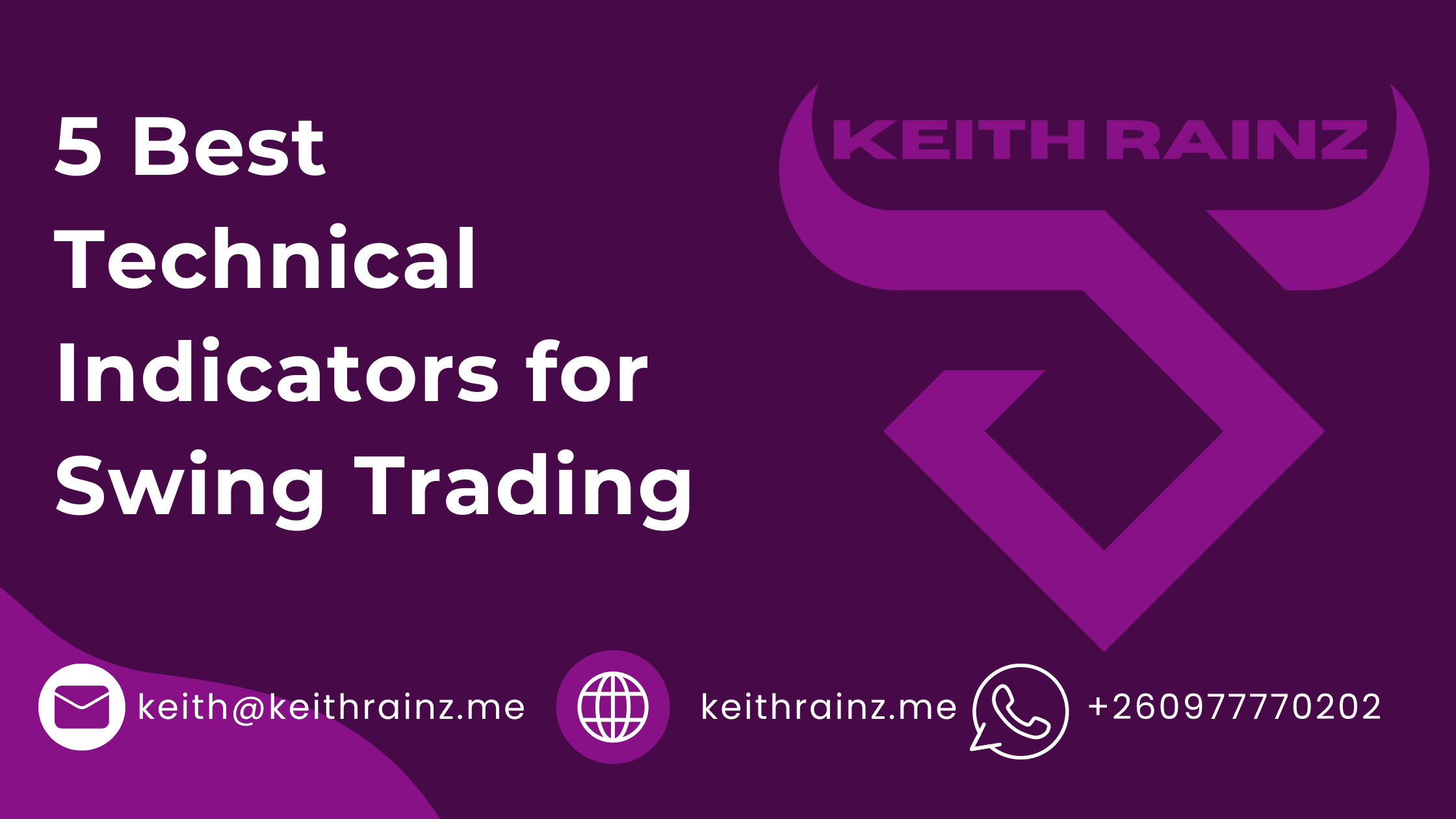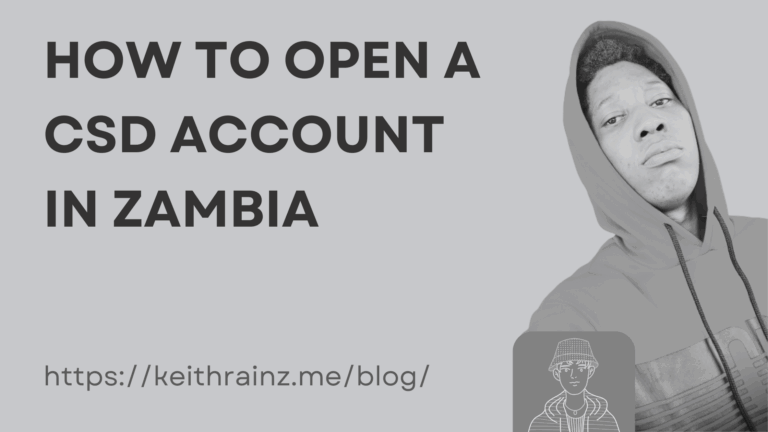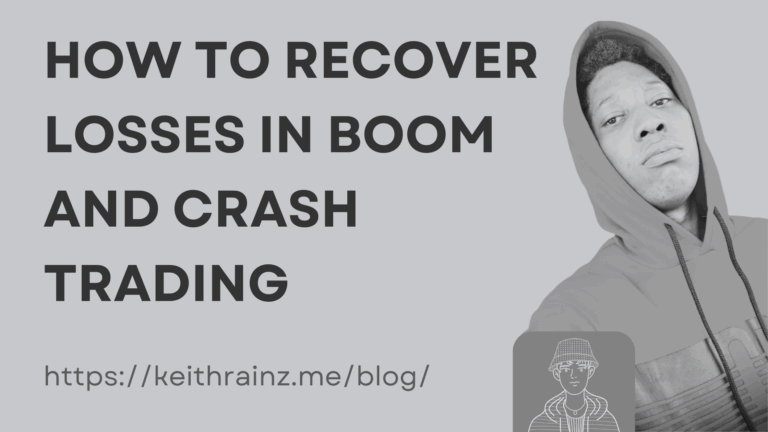One of the most well-liked trading methods that contrasts with day and position trading is swing trading. Traders who employ this technique make use of technical analysis tools such as Candlestick patterns, market trends, and potential trend reversals in the near future.
Swing trading is different from day trading in that it involves holding a trading position for a few days to a few weeks as opposed to day trading, which involves buying and selling assets on the same day.
After reading about the basics of swing trading, it’s time to discuss the Best Indicators for Swing Trading that traders employ to increase their profits. Learn what swing trading is to gain a deeper understanding.
Swing trading: what is it?
A type of market strategy called swing trading focuses on making money off even small price changes within a longer-term trend. It is predicated on the premise that friction between bulls and bears causes price movements to oscillate rather than move in a linear fashion. Swing traders search these variations for opportunities to profit.
By concentrating on the moments when momentum changes direction, swing trading enables profit-taking over a shorter timeframe. Like day traders, swing traders aim to profit from both up and down moves.
However, unlike day trading, swing trading is not restricted by the need that all positions be closed by day’s end. Instead, they postpone transactions as long as the current pattern holds. It might take only an hour, or it might take several days.
Swings can be of two different types:
Swing Lows: A swing low occurs when a market hits a low and then recovers, allowing for a long-term trade.
Swing Highs: When a market peaks before falling back, enabling a short-term trade.
An explanation of swing trading indicators
It’s time to comprehend what a swing trading indicator is now that the fundamentals of swing trading have been clarified. This trading tool’s essential information is provided below.
A form of technical analysis tool that can assist you in discovering new trading chances is the swing trading indicator. Trading in this aims to make money off of small trends that emerge between highs and lows (and vice versa). They employ indications because they need to quickly regain momentum.
Indicators are used by swing traders to spot trends and breakouts, two different types of trading opportunities. Trends are described as longer-term market movements with brief oscillations.
Breakouts, on the other hand, mark the beginning of a fresh pattern. Indicators can be utilised on any market, including stocks, indices, forex, etc., in addition to swing trading.
Which Indicators Are Best for Swing Trading?
Swing traders use a range of indicators to search for trading opportunities on underlying assets. Professional traders employ sophisticated and advanced indicators, but we will go over some of the fundamentals to help new investors get started with swing trading.
The top five indicators for swing trading are as follows:
1. Ease of Moment (EOM):
This swing trading indicator demonstrates the relationship between the rate at which an asset’s price changes and its volume. The daily chart and longer time frames are where it is most frequently used.
A graph with zero as the starting point shows this EOM indicator. The market price is rising rather easily when it exceeds 0, and the more the EOM increases, the more easily the price will rise. The market is falling more easily when the EOM is lower than zero.
2. Relative Strength Index (RSI):
Swing traders like to use the RSI indicator since it flags potential oscillations into a larger trend. It is one of the most often used indicators for determining if a market is overbought or oversold, and consequently whether a swing is about to occur.
Over a predetermined number of periods, the RSI tracks the frequency of positive and negative closes in a market (usually 14). An oscillator, which is a chart with a 0 to 100 scale, serves as its visual representation.
Overbought conditions are defined as anything above 70, which marks the beginning of a short transaction. In the meantime, the RSI is regarded as oversold when it drops below 30. It’s common to interpret this as a hint to go long.
Consider that a market may be approaching a bear market if it is uptrending but the RSI rises beyond 70. Although the trend might be ready to continue if its RSI stays low.
3. Moving Averages (MAs):
Moving averages average stock values over a given period of time to smooth out any erratic short-term spikes. Since they don’t take into account past price behaviour, they are frequently referred to as lagging indicators. Moving Averages are therefore mostly used for trend confirmation and swing trading.
Depending on the number of periods, such as 50 or 200 days, moving averages are categorised as short-, medium-, or long-term. In addition, there are two different forms of moving averages:
4. Simple Moving Averages:
They take the sum of all closing prices over a given period.
The price that is closest to the current date is given more weight by exponential moving averages.
Let’s examine how to employ the MAs indicator in swing trading after reviewing the fundamentals of moving averages.
When a market’s short-term moving average crosses a longer-term moving average, indicating a change in momentum, this indicator is commonly utilised.
When a faster moving average crosses a slower moving average from below, it represents a bull move. On the other hand, when a faster Moving Average crosses a slower one from above, the momentum is likely to turn bearish.
5. Volume:
Due to its ability to reveal the strength of a new trend, volume indicators are used by the majority of swing traders. This indicator’s principles are straightforward: a trend with high volume will perform better than one with low volume. When there is more trade, the basis for price activity is more significant.
Particularly, volume is the best indicator. This is due to the fact that breakouts typically happen following a low-volume period of consolidation. As the breakthrough solidifies, the volume then soars.
Let’s see how a volume indicator is used in swing trading:
The general rule is that when an asset’s price increases in a healthy market, there should also be a rise in volume, indicating the presence of actual buyers.
A price change without a corresponding volume change does not constitute a trend shift. A spike in volume is frequently observed in the market prior to a trend reversal. Traders look for price declines versus volume using volume divergence to forecast a positive trend.
They aim for two price declines that follow each other that are weaker than the previous one and are accompanied by smaller volume increases. It shows that as sellers fail to push the market below the first drop, negative momentum weakens.
Stochastic Oscillator: This momentum indicator functions similarly to the RSI. It assesses a market’s closing price in relation to the market’s historical price range.
Similar to the RSI, the stochastic oscillator is displayed on a chart with a range from 0 to 100. In this indicator, a reading of more than 80 is regarded as overbought and less than 20 as oversold.
In contrast to the RSI, the stochastic oscillator has two lines. The other displays a 3-day moving average, while the first displays the oscillator’s current value.
An overbought or oversold signal does not always indicate that a trend reversal is about to occur because strong trends can last for a long time in either region.
As a result, a lot of traders keep an eye out for when a stochastic oscillator’s two lines cross, viewing this as a sign that a reversal is about to occur.
What distinguishes swing trading from day trading?
The ultimate objective of both day and swing traders is to make money from their trades. But there is a significant distinction between swing trading and day trading. The FINRA’s PDT rule defines day traders as those who make several round trips of at least four trades in five days.
Day traders typically seek to profit quickly because they do not hold their stocks overnight. On the other hand, in swing trading, traders buy assets and keep them for a number of days or weeks. Swing traders understand that it will take a long time to close a deal. As a result, they don’t trade all day.
The most important distinction between day traders and swing traders is the pattern. Swing traders place trades based on market movement to maximise their profits. In addition, day traders use a variety of technical, quantitative, and fundamental studies to find equities that increase or decrease during the trading day.
Which brokers are the best for swing trading?
Choosing the best broker for swing trading is one of many factors that affect the performance of the swing trading technique. Two of the top online brokers are provided below to help you sort things out. Look at this!
One of the top trading brokers, ABInvesting, can help you have a successful trading career. The broker offers the best and highest-quality online trading platforms currently on the market, WebTrader and MT4.
Additionally, ABInvesting offers a variety of helpful tools that make swing trading straightforward but extraordinarily profitable. The broker provides desktop, web, and mobile trading platforms.
InvestBy: InvestBy is a participant in our ranking of the top brokers for swing trading. The broker’s top-of-the-line trading platforms (MT4) and potent tools will be advantageous to swing traders.
The broker’s platform can be used to develop, test, implement, and automate trading strategies. The broker also includes a number of additional features that elevate it to the position of one of the best trading brokers currently accessible online. Open an Investby demo account.
In the end, swing traders are the best choice for investors who lack the time to spend the entire trading day seated in front of a trading screen. Furthermore, if executed properly with a strong plan and risk management, this technique can be rewarding.
Furthermore, swing trading does not need investing one’s money for a very long time in a bad company, as is the case with long-term investments. One can simply take a loss and move their money to another stock if a trade doesn’t work out. In certain ways, it is therefore far superior than day trading.
Is swing trading appropriate for new traders?
Swing trading is appropriate for new traders, yes. Less knowledge and skill are required. Swing trading is your next best option if you don’t trade full-time because it doesn’t require you to sit in front of a computer all day.
Is there a profit difference between swing trading and day trading?
Swing trading typically offers lower profit potential than day trading. Assume, for instance, that you are a day trader who risks 0.5 percent of your capital with each transaction. If you lose, you’ll lose 0.5 percent, but if you win, you’ll gain 1 percent (a 2:1 reward-to-risk ratio).
Why do most swing traders experience financial losses?
Due of a shortage of funds, swing traders frequently lose money. You’ll need enough money to position yourself effectively and accomplish your goals. Undercapitalization makes it difficult to size positions appropriately (in most markets) and increases the likelihood that you will lose focus because profits are coming in too slowly.
Is swing trading a challenging tactic?
Swing trading might be difficult for beginning traders. Professional traders, on the other hand, have superior expertise, leverage, information, and market knowledge.







